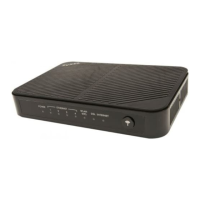
Do you have a question about the ZyXEL Communications AMG1302-T10A and is the answer not in the manual?
| ADSL2/2+ Downstream Data Rate | 24 Mbps |
|---|---|
| ADSL2/2+ Upstream Data Rate | 1 Mbps |
| Wireless Standards | 802.11b/g/n |
| Wireless Data Rates | Up to 300 Mbps |
| Frequency Band | 2.4 GHz |
| USB Port | 1 x USB 2.0 |
| Power Supply | 12V DC, 1A |
| NAT | Yes |
| DHCP Server | Yes |
| Ethernet Ports | 4 x 10/100M LAN |
| Security | WEP, WPA, WPA2 |
| Device Type | ADSL2+ Wireless Gateway |
| ADSL Standards | ANSI T1.413 Issue 2, ITU G.992.1 (G.dmt) Annex A, ITU G.992.2 (G.lite) Annex A, ITU G.994.1 (G.hs) |
Describes the methods for managing the device: Web Configurator, Command Line Interface, FTP, and TR-069.
Details the device's function as a wireless Access Point (AP) for wireless clients.
Explains how to use the reset button to restore factory default settings.
Step-by-step guide on how to launch and log in to the web configurator.
Describes the menu items in the navigation panel for configuring device features.
Describes the fields and information available on the device's status screen.
Step-by-step guide on configuring wireless network settings for secure access.
Explains how to set up a wireless network using Wi-Fi Protected Setup (WPS).
Guides on creating firewall rules to permit specific services or traffic.
Guides the user through the automated setup process for Internet access.
Provides steps for manually configuring Internet access parameters if auto-detection fails.
Guides the user through setting up the wireless LAN connection.
Details the screen for changing the device's WAN settings.
Used to set the Local Area Network IP address and subnet mask of the device.
Configures DNS server information and DHCP settings for LAN clients.
Configures wireless settings including connection, security, MAC filter, and SSID.
Details configuration for WPA/WPA2-PSK authentication and encryption.
Enables configuration and status checking for Wi-Fi Protected Setup (WPS).
Enables and configures NAT, including SUA Only and Full Feature options.
Configures forwarding incoming service requests to local servers.
Configures firewall settings, including activation and default packet actions.
Allows viewing, adding, editing, or removing firewall rules.
Enables creation and application of IP and MAC filter rules.
Allows viewing and configuring IP static routes on the device.
Activates port binding and sets up port binding groups.
Enables or disables QoS and assigns priority levels to traffic.
Allows enabling DDNS and configuring DDNS settings on the device.
Enables UPnP and allows UPnP-enabled applications to configure the device.
Demonstrates how to use the UPnP feature in Windows XP.
Configures settings for managing the device via a management server.
Configures system admin password settings.
Configures and views the desired log types to display and record.
Guides on uploading new firmware to upgrade the device's features and functionality.
Covers backing up, restoring, and resetting device configurations to factory defaults.
Addresses issues related to device power, hardware connections, and LED indicators.
Troubleshooting steps for forgotten IP addresses, passwords, and login screen access.
Provides solutions for problems related to internet connectivity.
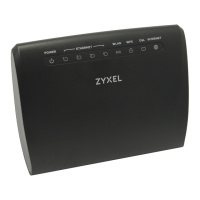
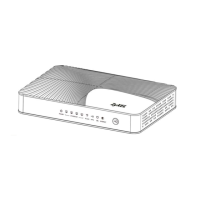



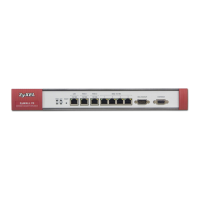



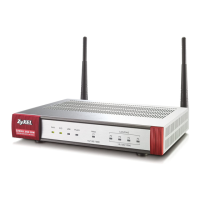
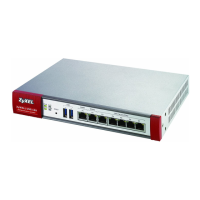
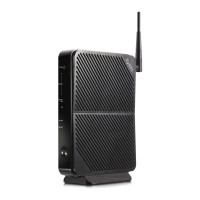
